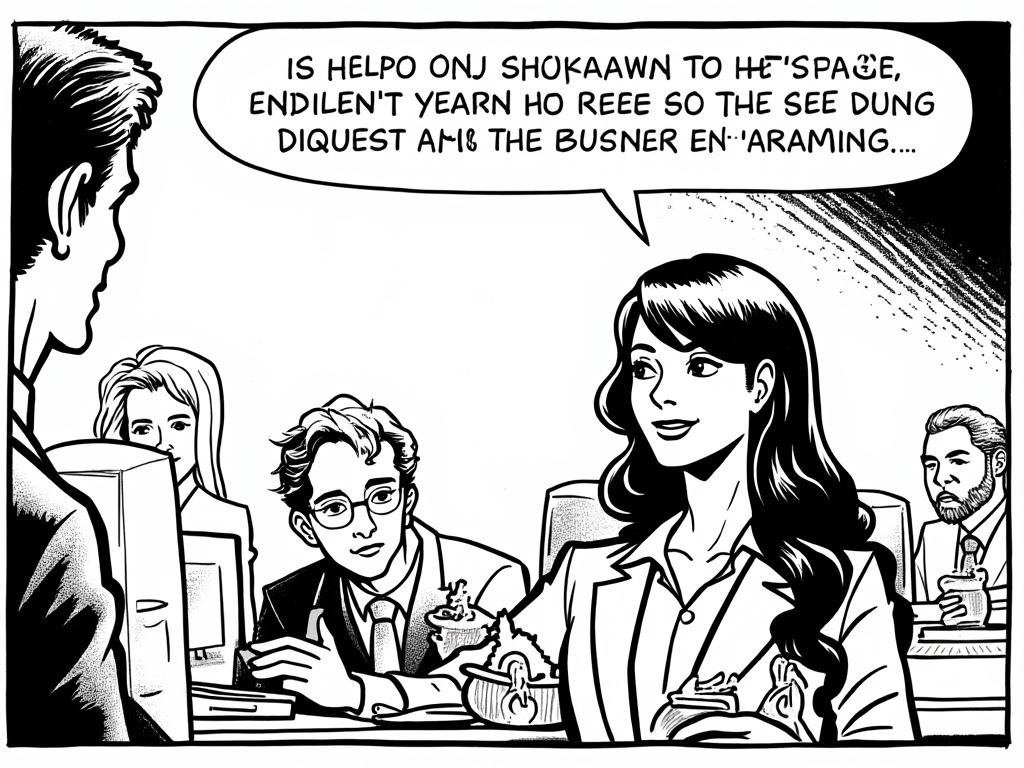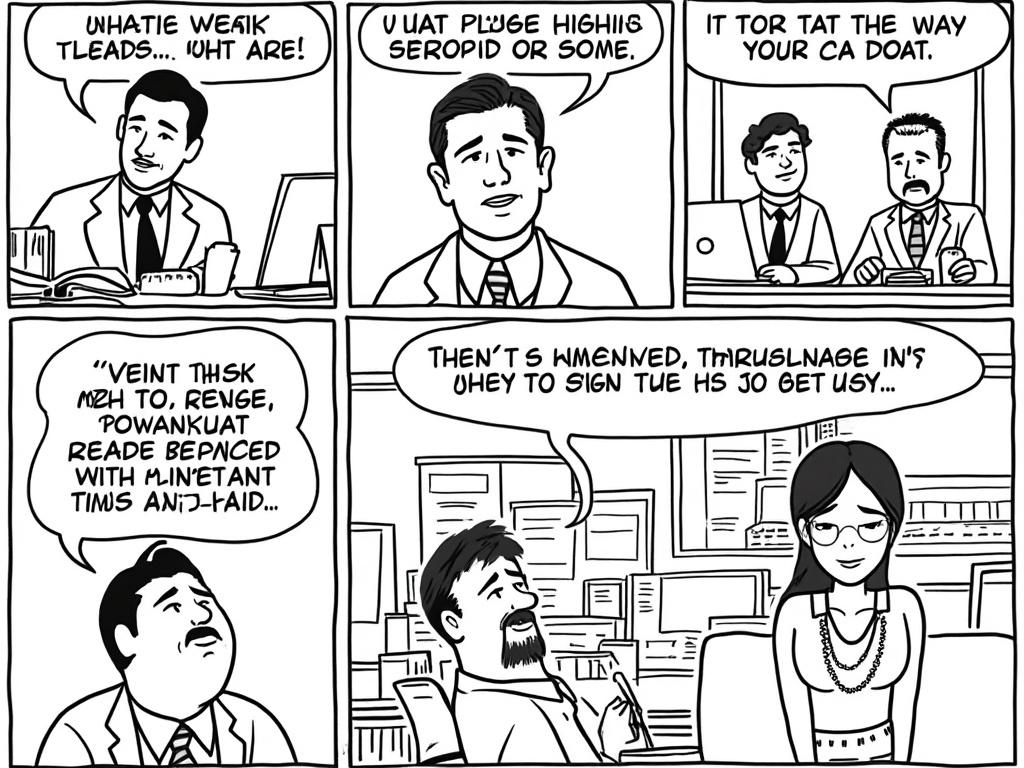
Cultural Heritage Preservation Projects in Greece: Investment Potential
Reading time: 12 minutes
Ever wondered how ancient Greek monuments generate modern returns? You’re about to discover how Greece’s cultural heritage preservation projects are creating unprecedented investment opportunities. Let’s explore how protecting history can build wealth while preserving civilization’s greatest treasures.
Table of Contents
- Market Overview: Greece’s Heritage Investment Landscape
- Investment Mechanisms and Opportunities
- Success Stories: Three Landmark Projects
- Financial Analysis and Returns
- Navigating Challenges and Risks
- Future-Proofing Your Heritage Investment Strategy
- Frequently Asked Questions
Market Overview: Greece’s Heritage Investment Landscape
Greece’s cultural heritage preservation market represents a fascinating intersection of history, tourism, and modern investment strategy. With over 18 UNESCO World Heritage Sites and countless archaeological treasures, the country offers unique opportunities for investors seeking both financial returns and cultural impact.
The Greek government has allocated €2.1 billion through 2030 for heritage preservation projects, creating a robust ecosystem for private investment partnerships. This initiative comes at a crucial time—Greece welcomed 33 million tourists in 2023, with 78% specifically citing historical sites as their primary motivation for visiting.
Key Market Drivers
Three primary factors are fueling investment interest in Greek heritage preservation:
- Tourism Recovery: Post-pandemic tourism has rebounded strongly, with heritage sites experiencing 15% higher visitor numbers than pre-2019 levels
- EU Funding Synergies: European Union cultural programs provide matching funds of up to 50% for qualified preservation projects
- Digital Integration: Modern technology integration (AR/VR experiences, digital archives) creates new revenue streams while preserving artifacts
Here’s the straight talk: Heritage preservation isn’t just about maintaining old stones—it’s about creating sustainable economic engines that honor the past while securing the future.
Investment Categories Breakdown
Heritage Investment Distribution by Category
45%
25%
20%
10%
Investment Mechanisms and Opportunities
Understanding how to actually invest in Greek heritage preservation requires navigating several distinct pathways. Each offers different risk-return profiles and involvement levels.
Public-Private Partnerships (PPPs)
The most accessible entry point for substantial investors involves partnering with Greek authorities on major restoration projects. These partnerships typically require minimum investments of €500,000 but offer structured returns through tourism revenue sharing and tax incentives.
Real-world example: The Acropolis Museum expansion project attracted €12 million in private investment, delivering 8.2% annual returns over seven years through admission fees, retail partnerships, and educational program licensing.
Heritage Real Estate Development
Investors can acquire historic properties requiring restoration, transforming them into boutique hotels, cultural centers, or mixed-use developments. This approach particularly thrives in Athens, where proximity to major sites creates premium positioning opportunities. For broader context on Athens property markets, explore real estate athens trends and investment fundamentals.
Cultural Tourism Enterprises
Creating businesses that enhance heritage site experiences—from guided tour companies to immersive technology installations—offers lower entry barriers with high growth potential. Successful ventures typically start with €50,000-150,000 initial investment.
| Investment Type | Minimum Investment | Expected ROI | Timeline | Risk Level |
|---|---|---|---|---|
| PPP Projects | €500,000+ | 6-10% annually | 5-15 years | Low-Medium |
| Heritage Real Estate | €200,000+ | 8-15% annually | 3-8 years | Medium |
| Tourism Enterprises | €50,000+ | 12-25% annually | 2-5 years | Medium-High |
| Digital Archives | €100,000+ | 10-20% annually | 2-4 years | Medium |
| Museum Partnerships | €300,000+ | 5-8% annually | 7-12 years | Low |
Success Stories: Three Landmark Projects
Let’s examine three real heritage preservation investments that demonstrate different approaches and outcomes.
Case Study 1: The Delphi Digital Experience Initiative
In 2019, a consortium of German and Greek investors committed €3.2 million to create immersive digital experiences at the Delphi archaeological site. Using augmented reality and holographic reconstructions, visitors can now experience the ancient Oracle’s sanctuary as it appeared 2,500 years ago.
Results: Visitor numbers increased 67% within two years, with premium experience tickets commanding 300% higher prices than standard admission. The project achieved break-even in 28 months and now generates €1.8 million annually.
“This wasn’t just about technology—it was about storytelling that connects modern visitors with ancient wisdom,” explains project director Dr. Maria Economou. “The financial returns exceeded expectations because we created genuine emotional value.”
Case Study 2: Rhodes Medieval Quarter Restoration
British investors partnered with Rhodes municipality in 2020 to restore 12 medieval buildings within the UNESCO-protected Old Town. The €4.5 million project converted structures into luxury heritage accommodations while maintaining strict archaeological standards.
Key innovations included:
- Reversible restoration techniques preserving original materials
- Underground climate control systems invisible to visitors
- Integrated archaeological exhibits within guest spaces
The boutique hotel collection now operates at 85% annual occupancy with nightly rates averaging €380, generating 12.3% annual returns for investors while providing sustainable funding for ongoing medieval quarter maintenance.
Case Study 3: Athens National Museum Digital Archive
A Swiss technology firm invested €2.1 million to digitize and create interactive catalogs of the National Archaeological Museum’s entire collection—over 11,000 artifacts. The project included virtual reality tours and educational licensing for international institutions.
Revenue streams emerged from unexpected directions: virtual museum tours during COVID-19 generated €450,000, educational licensing brought €320,000 annually, and derivative products (books, documentaries, games) added another €280,000 yearly.
Financial Analysis and Returns
Heritage preservation investments operate differently from traditional real estate or business ventures. Success requires understanding both financial metrics and cultural impact measurements.
Revenue Stream Diversification
Successful heritage projects typically develop 4-6 distinct revenue sources:
- Direct Tourism Revenue: Admission fees, guided tours, retail sales
- Hospitality Integration: Accommodation partnerships, dining experiences
- Educational Licensing: Content licensing to schools, universities, media
- Event Hosting: Corporate events, weddings, cultural celebrations
- Digital Products: Virtual experiences, mobile apps, online courses
- Government Incentives: Tax credits, grants, operational subsidies
Quick scenario: Imagine you’re considering a €800,000 investment in restoring a Byzantine church in Thessaloniki. What revenue potential exists? Beyond traditional tourism, consider wedding venue rental (€5,000-15,000 per event), corporate retreat hosting, historical documentary filming locations, and religious tourism partnerships.
Risk Mitigation Strategies
Heritage investments face unique risks requiring specialized approaches:
Archaeological Discovery Risk: Construction delays from unexpected findings. Solution: Archaeological surveys before investment and contingency budgets of 15-20%.
Regulatory Changes: Shifting preservation requirements. Solution: Legal frameworks with government partners and compliance insurance.
Tourism Volatility: Economic or political disruptions affecting visitor numbers. Solution: Diversified revenue streams and local market cultivation.
Navigating Challenges and Risks
Every heritage preservation investor encounters similar obstacles. Here’s how to anticipate and overcome the most common challenges:
Bureaucratic Navigation
Greek heritage projects involve multiple approval layers—archaeological committees, municipal planning, tourism boards, and EU oversight for certain projects. The average approval timeline spans 8-14 months.
Pro tip: Engage local legal counsel specializing in cultural heritage law early in your planning process. Their relationships and expertise can reduce approval timelines by 30-40%.
Skilled Labor Availability
Authentic restoration requires craftspeople with traditional skills—stone carvers, fresco conservators, archaeological specialists. Greece has limited numbers of these professionals, creating scheduling and cost pressures.
Practical solution: Partner with established restoration companies who maintain relationships with skilled artisans. Budget 20-25% above standard construction costs for specialized heritage work.
Balancing Preservation and Profitability
The tension between maintaining historical authenticity and creating commercially viable experiences challenges every heritage investor. Too much commercialization risks losing cultural significance; too little risks financial failure.
Successful projects find this balance through respectful enhancement—adding modern conveniences and interpretive elements that improve visitor experience without compromising historical integrity.
Future-Proofing Your Heritage Investment Strategy
Greece’s heritage preservation sector is evolving rapidly, driven by technological advancement and changing tourism preferences. Smart investors are positioning themselves ahead of these trends.
Your Strategic Roadmap
1. Technology Integration Planning
Allocate 15-25% of project budgets for digital enhancement capabilities. Augmented reality, interactive exhibits, and virtual tour capabilities are becoming visitor expectations, not luxury additions.
2. Sustainability Certification
Pursue Green Heritage certification for projects. Environmental consciousness among travelers is creating premium pricing opportunities for certified sustainable heritage experiences.
3. Educational Partnership Development
Establish relationships with universities and cultural institutions early. Educational partnerships provide stable revenue streams and enhance project credibility with authorities.
4. Cross-Site Collaboration
Consider investments that connect multiple heritage sites through themed experiences or joint ticketing. The “Greek mythology trail” concept is gaining traction among tour operators.
5. Local Community Integration
Design projects that provide direct benefits to local communities—employment, cultural pride, infrastructure improvements. Community support significantly reduces regulatory friction and enhances long-term success.
The heritage preservation investment landscape will likely see increased competition over the next decade as institutional investors recognize the sector’s stability and growth potential. Early movers who establish strong government relationships and develop operational expertise will command significant advantages.
Ready to transform ancient treasures into modern investment success? The intersection of culture and commerce offers unique opportunities for investors willing to think beyond traditional models. How will you contribute to preserving Greece’s incredible heritage while building your investment portfolio?
Frequently Asked Questions
What is the minimum investment required for heritage preservation projects in Greece?
Investment minimums vary significantly by project type. Cultural tourism enterprises can start with €50,000, heritage real estate typically requires €200,000+, while public-private partnerships usually demand €500,000 minimum. Digital archive and technology projects often fall in the €100,000-300,000 range. Consider starting with smaller tourism enterprises to gain market experience before pursuing larger restoration projects.
How long do heritage preservation investments typically take to generate returns?
Most heritage investments achieve break-even within 2-5 years, depending on project complexity and market conditions. Tourism enterprises often see positive cash flow within 12-24 months, while major restoration PPPs may require 3-7 years for full returns. Digital and technology-focused projects typically break even fastest, often within 18-36 months due to lower operational overhead and multiple revenue stream potential.
What government support is available for international investors in Greek heritage projects?
Greece offers several investor incentives including tax credits up to 20% of qualified investments, fast-track permitting for certified projects, and matching EU funds for eligible preservation work. The Greek Development Law provides additional benefits for projects creating local employment. Foreign investors receive the same treatment as domestic ones, and the government actively promotes international partnerships through Greece Enterprise and the Hellenic Republic Asset Development Fund.

Article reviewed by Theodore Whitaker, Cross-Border Real Estate Broker | Global Transaction Facilitator, on June 4, 2025
